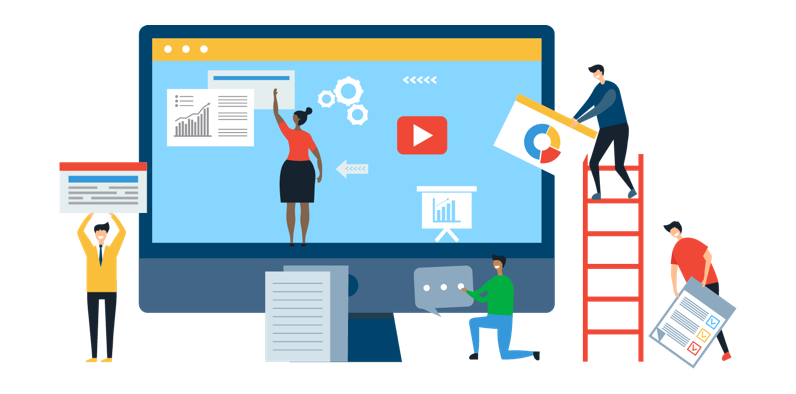Which entry-level tech jobs require no coding at all?

If you want to work in tech but don’t want to learn programming, you have real options. This guide outlines five entry-level roles tech jobs without coding.
What are five entry-level tech jobs that need no coding?
Here are five realistic entry-level tech jobs without coding you can pursue without learning to code: Data Analyst (entry-level with spreadsheets & SQL-lite tools), UX/UI Designer, Technical Writer, Product/Project Coordinator (or Associate), and Customer Success / Support Specialist. These jobs emphasize communication, process, design, analysis, or tools rather than software development.

1) What does a Data Analyst do if they don't write code?
Data Analysts turn raw data into useful insights. At entry level you can get started with Excel, Google Sheets, and low-code analytics tools (Google Data Studio / Looker Studio, Power BI basics). Many roles require data cleaning, reporting, and dashboard creation rather than full-stack scripting. With curiosity, statistics basics and a portfolio of dashboards you can land analyst roles that expect little to no coding.
What skills should I learn first?
- Advanced Excel / Google Sheets (pivot tables, formulas)
- Data visualization basics (charts, dashboards)
- SQL-lite or using visual query builders (optional but helpful)
- Domain knowledge (marketing, sales, finance) to ask the right questions
2) What does a UX/UI Designer do and why isn’t coding required?
UX/UI Designers focus on how products feel and look—research, wireframing, prototyping, and user testing. Tools like Figma, Sketch, and Adobe XD let you design interactive prototypes without writing code. Many companies hire junior designers who show strong visual design, usability thinking, and design-system awareness rather than coding skills. this ia one of trending job in tech jobs without coding.

How do I build a portfolio?
- Do 3–5 case studies showing problem → process → solution.
- Include research notes, wireframes, and clickable prototypes.
- Write short, clear outcomes and metrics (e.g., improved time-on-task).
3) What does a Technical Writer do without coding?
Technical Writers translate complex tech into clear documentation: user guides, tutorials, help-center articles, API docs (often editing rather than building the API). Strong writing, the ability to learn product flows, and experience with documentation systems (Markdown, simple CMS) are the keys — not coding. This role scales well from freelancing to full-time product teams.
Which samples should I include in a writer portfolio?
- How-to guides and step-by-step tutorials (with screenshots).
- Release notes or process documentation.
- Short, friendly FAQ-style pieces that show clarity.
4) What is a Product or Project Coordinator and does it need coding?
Product/Project Coordinators manage tasks, timelines, and stakeholder communication. They use project management tools (Trello, Jira, Asana), write user stories, and track releases — all mostly non-coding activities. These roles teach product thinking and open paths to product management later.
What’s the career path for tech jobs without coding?
- Coordinator → Associate Product Manager → Product Manager
- Or transition into operations, strategy, or program management
5) What does a Customer Success / Support Specialist in tech jobs without coding?
Customer Success roles combine product knowledge with relationship skills. You’ll onboard users, solve problems using the product UI, gather feature requests, and help reduce churn. Many SaaS companies hire junior CS reps who know the product and communicate well rather than write code.

How do I stand out as a candidate?
- Demonstrate product empathy and clear written communication.
- Collect customer stories or metrics showing impact (reduced churn, faster onboarding).
- Learn basic support tooling (Zendesk, Intercom) and CRM fundamentals.
How can I get a tech jobs without coding?
Getting a tech job without coding is a combination of targeted learning, hands-on portfolio work, and smart job-seeking. Follow a simple "Learn → Build → Show → Apply" cycle: learn role-specific tools, build a small portfolio or case studies, show results (metrics or before/after examples), and apply with tailored resumes and LinkedIn profiles.
Step-by-step plan to land your first role for tech jobs without coding
- Pick one role and study job descriptions to identify repeated requirements.
- Learn the core tools (e.g., Figma for designers, Excel + Looker Studio for analysts, Markdown & CMS for writers).
- Build a small portfolio — 3 case studies or 5 practical artifacts (dashboards, prototypes, articles).
- Network & apply strategically — 10 targeted applications/week, reach out to recruiters, post portfolio on LinkedIn.
- Prepare for interviews — product sense, customer scenarios, writing tests, task-based assessments.
FAQ
Can I get into data analysis tech jobs without coding experience?
Yes — many entry-level analyst roles focus on spreadsheets, dashboards and visual tools rather than heavy coding. Learning SQL basics helps but is not always required.
Do UX designers need to learn HTML/CSS?
No — many UX/UI designers never write production HTML/CSS. Understanding front-end constraints helps, but tool proficiency (Figma) and UX research matter more.
Will tech jobs without coding roles pay well long term?
Yes — roles like product, UX, and data analysis can scale to high salaries as you gain domain knowledge, product experience, and leadership skills.
How much time to prepare for an entry-level role?
Depending on the role, expect 3–6 months of focused learning and portfolio building (part-time). A structured plan shortens the timeline.
Ready to start your non-coding tech journey?
🚀 Find Your Dream Job